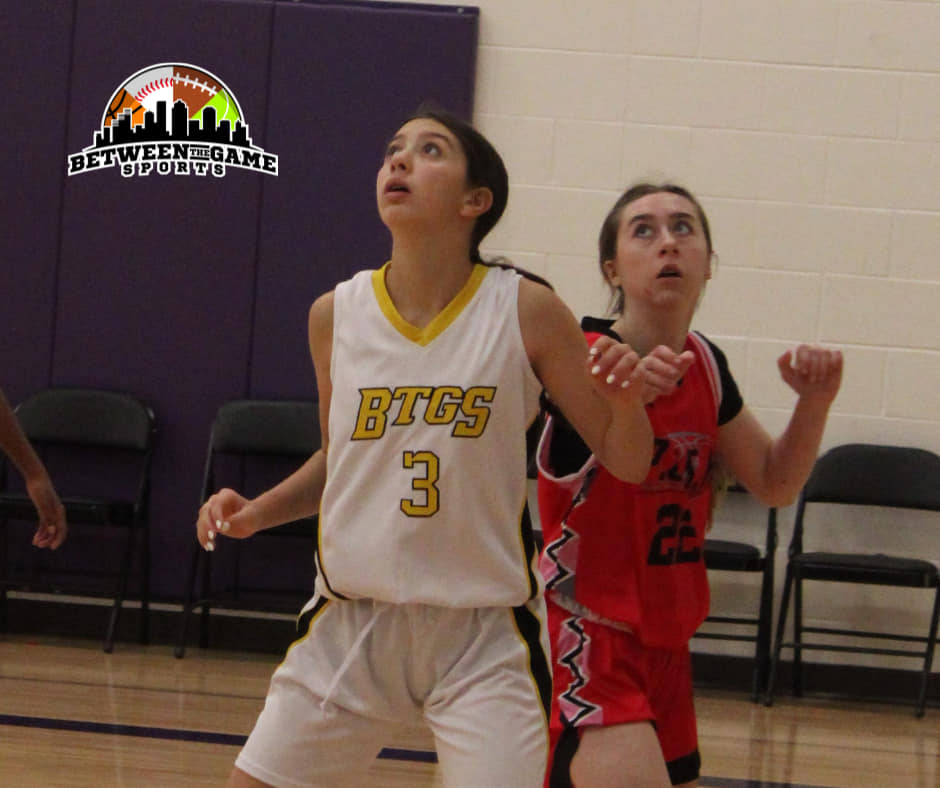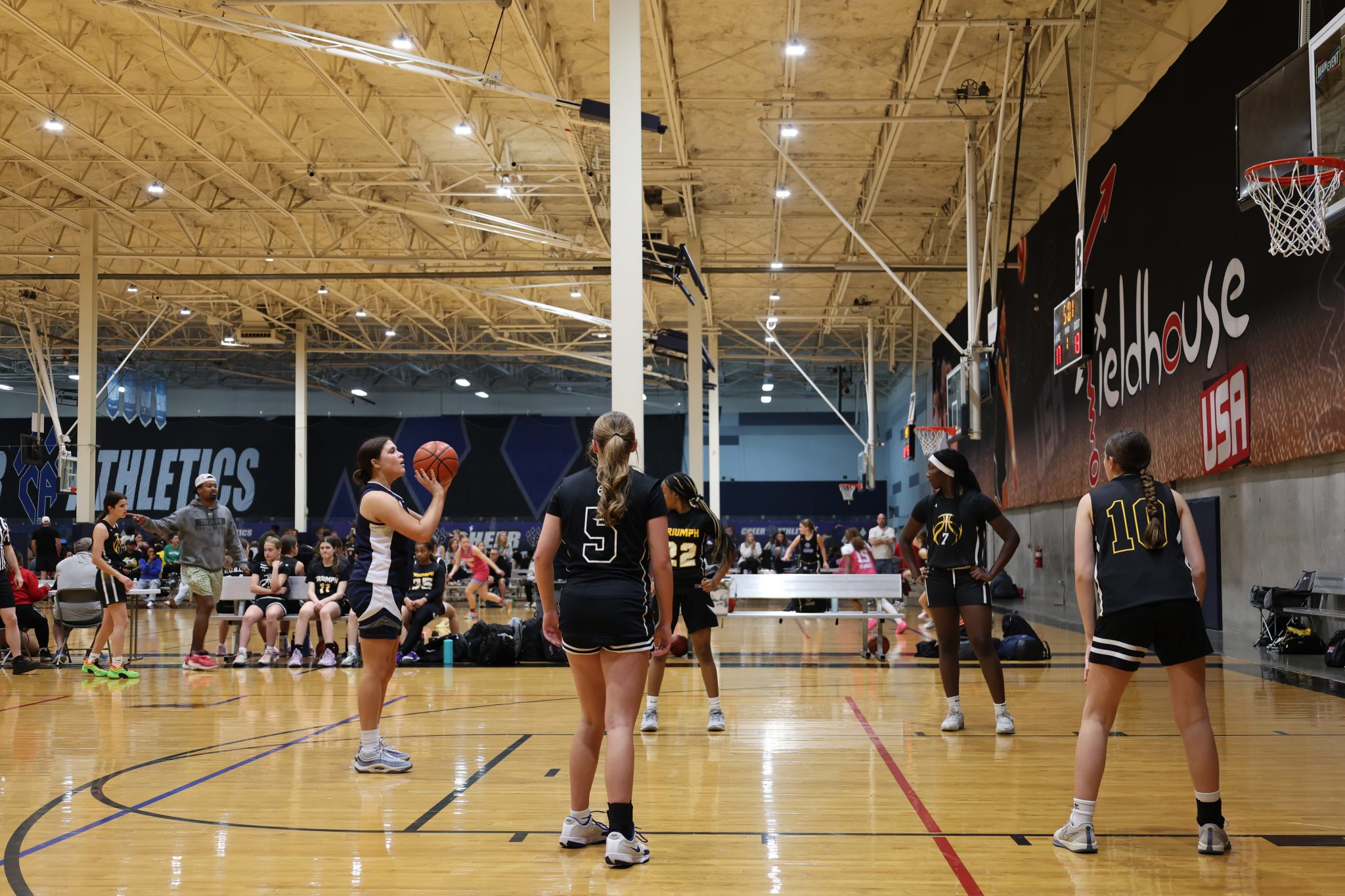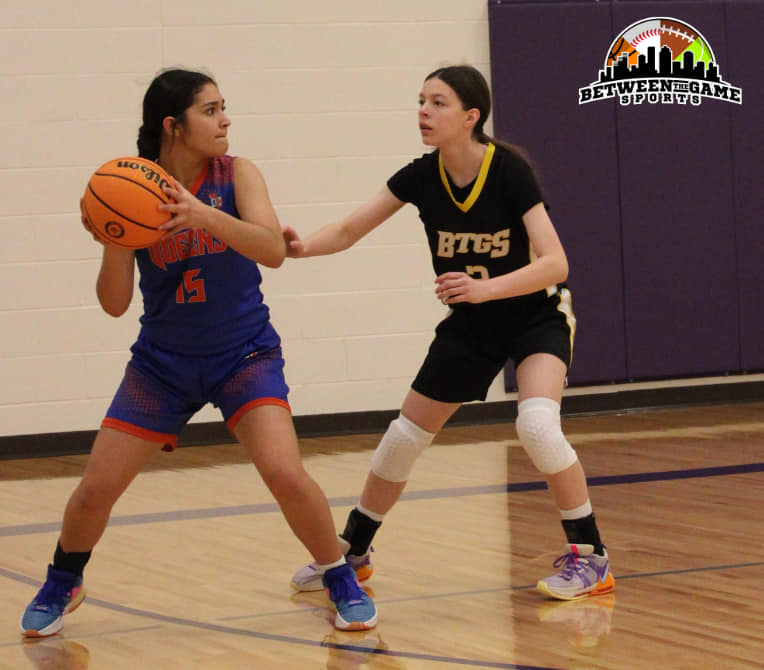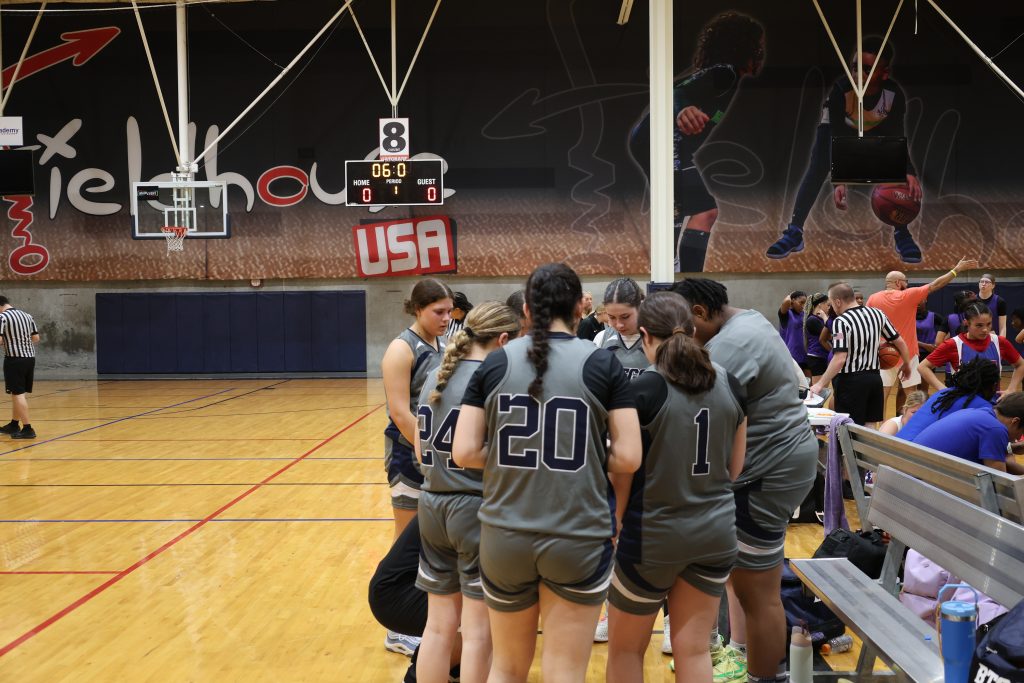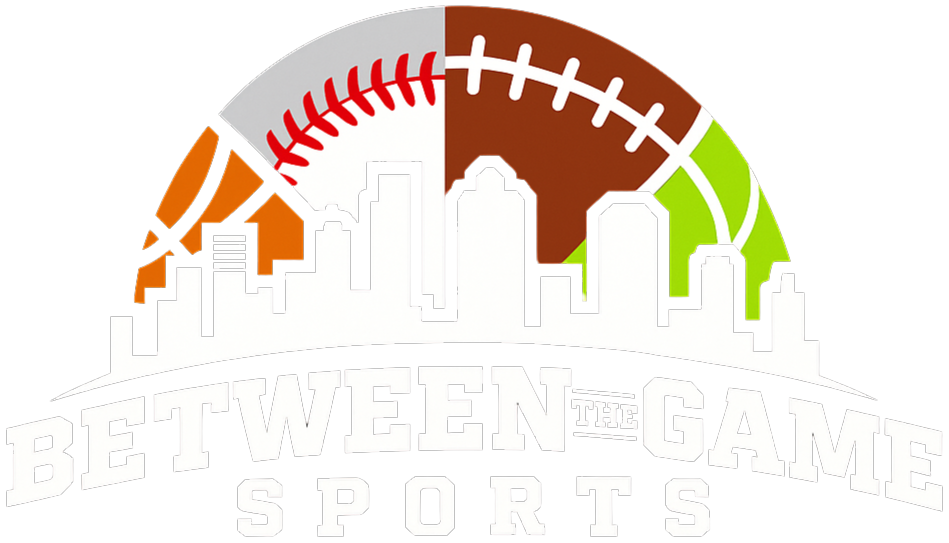AAU basketball has become a rite of passage for young athletes chasing dreams of college scholarships and professional careers. To many, it looks like a golden ticket — packed tournaments, highlight reels, shoe sponsorships, and a chance to “get seen.” But beneath the glitz lies a system with serious flaws. Whether you’re a parent, player, or coach, it’s time we talk honestly about the hard truths of AAU basketball.
1. Exposure Over Development
AAU is often sold as the best way to “get noticed.” And yes, college coaches do scout at major events — but the focus on visibility often comes at the cost of player development. Fundamentals, basketball IQ, and accountability take a back seat to flashy plays and short-term wins.
Players bounce from one tournament to the next, sometimes playing four or five games in a weekend with little to no practice in between. It’s a grind that values athleticism and highlights over building well-rounded, skilled athletes.
2. Politics and Favoritism Are Real
If you think talent always rises to the top in AAU, think again. Playing time, starting spots, and even roster invites can be influenced by who you know — not just how good you are. Coaches may favor players with relationships to shoe company reps, influential trainers, or parents who fundraise or sponsor the team.
It’s not always fair. And for players on the outside looking in, it can be discouraging and disillusioning.
3. It’s a Business — Not Just Basketball
AAU isn’t just about growing the game. It’s an industry. From tournament fees to team dues to gear and travel expenses, families often spend thousands of dollars each year. Meanwhile, major circuits are backed by multi-million-dollar shoe companies (Nike EYBL, Adidas 3SSB, Under Armour Association), each pushing their brand through teams and elite prospects.
Players can feel like pawns in a game where the real winners are those cashing in behind the scenes.
4. Overuse Injuries Are on the Rise
The nonstop schedule of tournaments and travel takes a toll. Young athletes are playing more games in shorter periods than ever before — often without proper rest, recovery, or strength training. The result? A growing number of overuse injuries, including stress fractures, tendonitis, and ACL tears in teens.
Coaches and parents need to prioritize the long game — because burning out or breaking down at 16 helps no one.
5. Not Every Team or Coach Is Created Equal
AAU isn’t one unified organization. It’s a patchwork of independent teams, coaches, and programs — some excellent, others questionable. While some coaches invest in player development and mentorship, others are just chasing wins or notoriety.
Do your homework. Ask questions. Know who’s coaching your child and what their priorities are.
6. The Dream Can Blur the Reality
Let’s be real: Only a small percentage of AAU players go on to earn Division I scholarships. Even fewer make it to the NBA. But AAU culture often feeds the myth that everyone’s on that path. This creates unrealistic expectations and ignores the value of using basketball as a vehicle for other life skills: discipline, teamwork, resilience, and education.
Conclusion: AAU Isn’t All Bad — But Be Smart About It
This isn’t a hit piece. AAU basketball has real value — elite competition, national exposure, and life-changing opportunities for some athletes. But it also has serious flaws that deserve more attention.
If you’re navigating the AAU world, go in with open eyes. Ask tough questions. Don’t fall for the hype. And above all, remember: your worth as a player — and as a person — isn’t measured by a mixtape, a circuit invite, or a scholarship offer.
